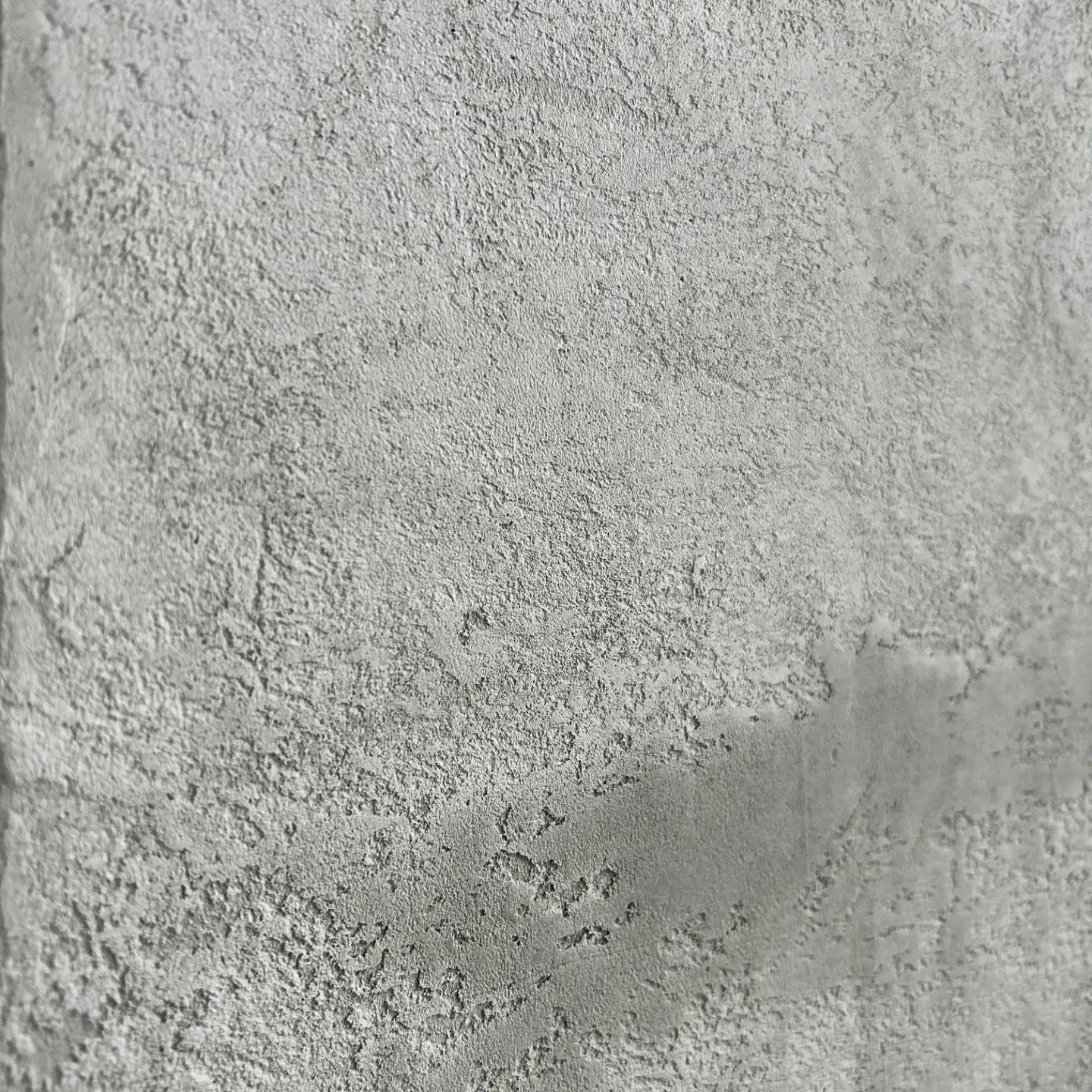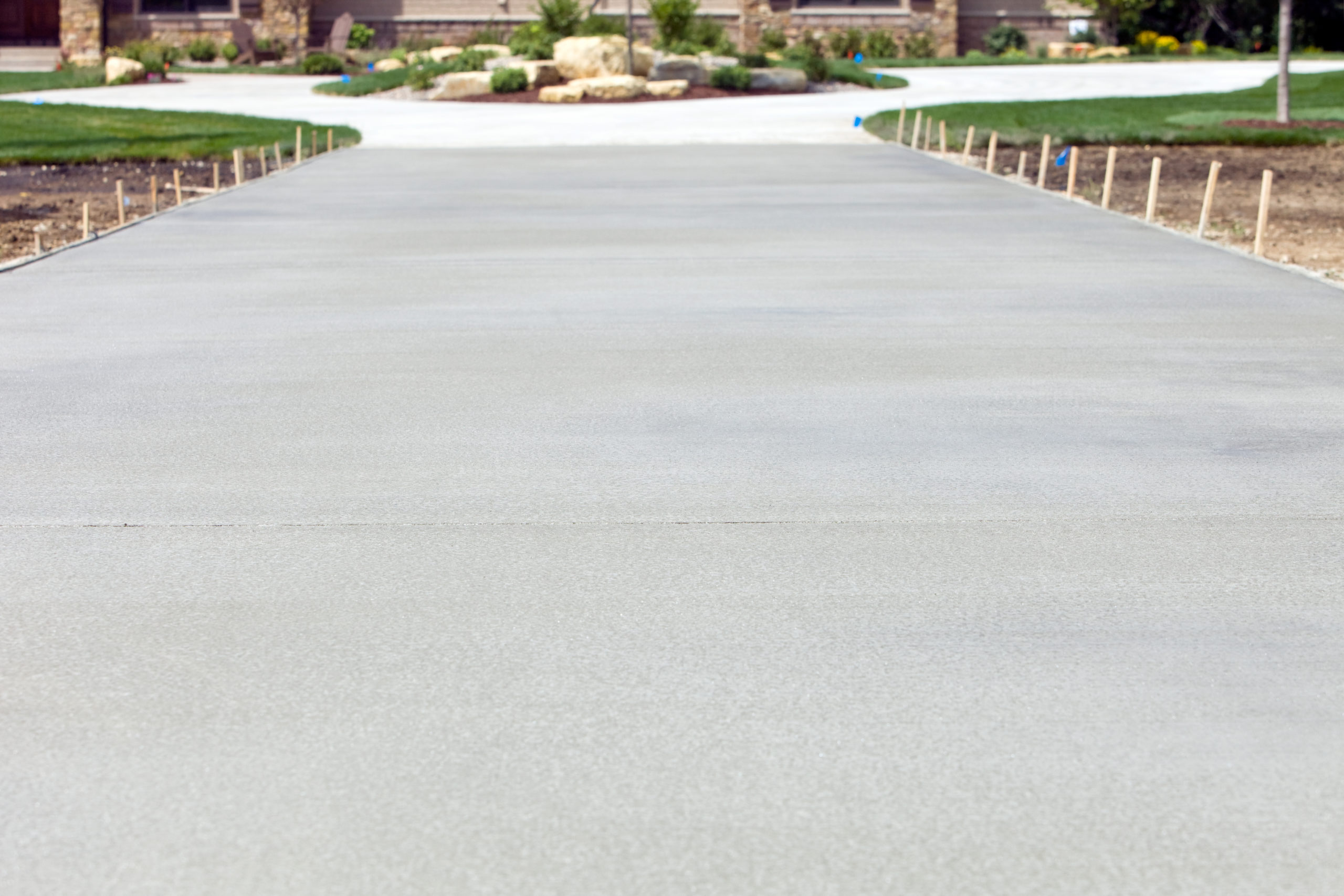Concrete Repair Service and Upkeep: Maintain Your Frameworks Strong and Resilient
Concrete Repair Service and Upkeep: Maintain Your Frameworks Strong and Resilient
Blog Article
Introducing the Eco-Friendly Advantages of Utilizing Recycled Concrete in Lasting Building And Construction Practices
In the realm of lasting building and construction methods, the usage of recycled concrete stands as a pivotal yet frequently undervalued source. Beyond its conventional applications, recycled concrete offers a myriad of environmentally friendly advantages that extend far beyond the confines of conventional building materials. From reducing environmental influence to improving cost-efficiency, the effects of including recycled concrete in lasting structure practices are significant. This functional material not only addresses pressing environmental concerns yet likewise presents a viable option to the obstacles faced by the building and construction market at big.
Environmental Advantages
Undoubtedly, among the most significant benefits of utilizing recycled concrete is its favorable impact on the atmosphere. By integrating recycled concrete right into building and construction methods, there is a considerable reduction in the need for new resources, causing preservation of natural deposits. This procedure assists in protecting aggregates, water, and energy that would have been made use of in creating new concrete. Furthermore, using recycled concrete decreases the quantity of waste being sent out to land fills, thus decreasing ecological air pollution and relieving the pressure on land fill abilities.

Moreover, the manufacturing of standard concrete is a considerable resource of carbon emissions because of the energy-intensive procedure of cement manufacturing. In contrast, recycled concrete has a reduced carbon impact as it reduces the demand for brand-new concrete production. This decrease in carbon exhausts adds to mitigating climate change and sustains sustainable construction methods. Overall, the ecological advantages of making use of recycled concrete are substantial and play an important function in promoting green building approaches.
Cost-Efficiency
Accomplishing cost-efficiency is an extremely important factor to consider when evaluating the application of recycled concrete in building tasks. One of the vital benefits of using recycled concrete is its cost-effectiveness compared to typical concrete.
Furthermore, the use of recycled concrete can result in savings in landfill costs by diverting concrete waste from disposal sites. This not only reduces the environmental influence yet likewise gets rid of the costs related to waste removal. Furthermore, the sturdiness and efficiency of recycled concrete are similar to standard concrete, making sure that cost financial savings do not jeopardize the quality of the construction.
Toughness and Strength
Recycled concrete offers equivalent, if not exceptional, durability and stamina properties to traditional concrete - Concrete. Via improvements in handling techniques and quality control, recycled concrete can satisfy or exceed the efficiency criteria of conventional concrete.

Waste Decrease
When it comes to utilizing recycled concrete, waste reduction is a Bonuses key benefit that adds substantially to environmental conservation. By integrating recycled concrete into building projects, this waste is repurposed and drawn away from land fills, decreasing the total ecological effect of building activities.
Furthermore, the usage of recycled concrete can lead to cost savings for building and construction projects, as it is commonly extra cost effective than sourcing and delivering new products - Concrete. In final thought, waste decrease through the use of recycled concrete is a vital part of lasting construction techniques that profits both the building and the atmosphere industry as a whole.
Power Conservation
Power conservation is a critical element of lasting building and construction methods, aiming to reduce the total power usage connected with building procedures and products production. Significant energy savings are accomplished compared to traditional concrete manufacturing when it comes to making use of recycled concrete in construction. The procedure of producing recycled concrete includes crushing and reusing existing concrete products, which takes in much less power than mining, processing, and transferring raw products for brand-new concrete production. Additionally, the usage of recycled concrete can aid lower the demand more tips here for virgin accumulation, additional reducing the energy-intensive extraction and handling of natural sources.
Final Thought
To conclude, the application of recycled concrete in lasting building methods supplies countless ecological benefits, cost-efficiency, toughness, strength, waste reduction, and energy conservation. By incorporating recycled concrete into building jobs, we can add to an extra eco-friendly and lasting future. It is important for the building market to focus on using recycled materials to aid decrease the environmental influence of building activities.
One of the vital benefits of using recycled concrete is its cost-effectiveness contrasted to standard concrete.Additionally, the usage of recycled concrete can lead to cost savings in garbage dump costs by diverting concrete waste from disposal sites. The toughness and performance of recycled concrete are comparable to standard concrete, making sure that price financial savings do not compromise the top quality of the building.

Report this page